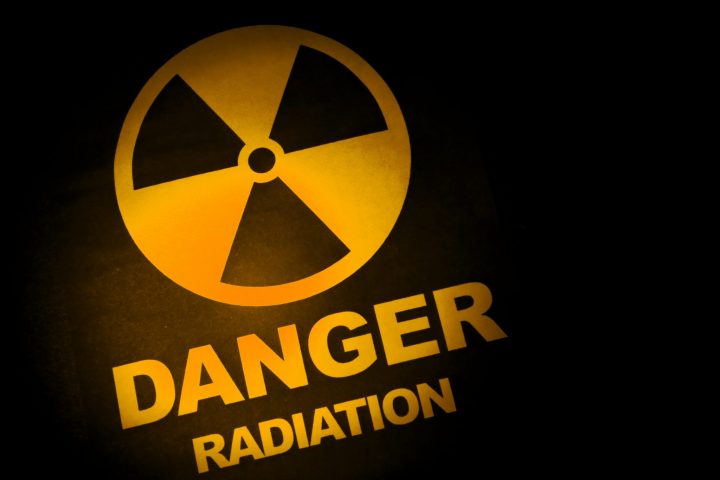By the Nuclear Information and Resource Service and the Institute for Energy and Environmental Research
This week, an historic nuclear weapons ban proposal was unveiled at the United Nations. The proposed agreement recognizes, for the first time, that nuclear weapons and radiation put women and girls at greater risk than men and boys.
The “Draft Convention on the Prohibition of Nuclear Weapons” will be taken up by the United Nations General Assembly beginning in June 2017. The draft convention consists of twenty-one articles elaborated over eight pages. This sturdy seedling of hope rests in part upon these words early in the preamble:
Cognizant that the catastrophic consequences of nuclear weapons transcend national borders, pose grave implications for human survival, the environment, socioeconomic development, the global economy, food security and for the health of future generations, and of the disproportionate impact of ionizing radiation on maternal health and on girls, [emphasis added]
Disproportionate impact of ionizing radiation tied to age and gender (a near ten-fold difference across the human lifespan), is a relatively recent finding. Underreported to date, it is rooted in the work of many. Dr Arjun Makhijani (et al.) published detailed gender-based and age-based findings of radiation risk in 2006, in a report called “Science for the Vulnerable: Setting Radiation and Multiple Exposure Environmental Health Standards.” The core of the radiation data and risk tables were reported in the National Academy of Sciences report: Biological Effects of Ionizing Radiation VII Phase 2 (BEIR VII). BEIR VII used data from the Life Span Study of the Survivors of US A-bomb attacks on Hiroshima and Nagasaki in 1945 (a study led by the US-Japanese Radiation Effects Research Foundation in Hiroshima) as well as subsequent epidemiological, biological, and cellular-level scientific data to arrive at its conclusions.
“Every nuclear weapon state has first of all harmed its own people in the course of weapons production and testing. That harm has affected all of humanity through activities ranging from uranium mining and milling to nuclear weapon testing,” said Dr. Makhijani, President of the Institute for Energy and Environmental Research in Takoma Park, Maryland (USA). “It is immensely gratifying that the draft nuclear weapons treaty recognizes the significantly greater radiation risk faced by girls and women for the same exposure, compared to men. We protect the future of humanity when we protect maternal and child health.”
Makhijani presented an overview of harm from nuclear weapons production and testing at the 2014 Vienna Conference on the Humanitarian Impact of Nuclear Weapons. A global assessment of harm from nuclear weapons production can be found in Nuclear Wastelands, jointly produced by the Nobel-Peace-Prize winning International Physicians for Prevention of Nuclear War and by the Institute for Energy and Environmental Research.
The A-bomb Survivors are a data-set (large controlled group); other data-sets include atomic workers, but these are all adult and largely male. The Japanese data is the product of unthinkable suffering, and results from acts of war; but it does include individuals of both genders and from childhood to old age. Survivors have now been tracked over decades, creating by 2006, a critical archive of the human cancer risk response to gamma and neutron radiation exposure.
NIRS Staff Biologist, Mary Olson did an independent review of the Hibakusha (Japanese A-bomb survivors) data in BEIR VII and made similar findings to Makhijani, et al., published as “Atomic Radiation is More Harmful to Women” in 2011.
“The Manhattan Project was the first time that people worked in radioactive environments. Nuclear weapons tests then spread radioactivity (fallout) worldwide, beyond the test sites. There was no pause between making radiation regulations based on men, for men, and then generally applying the same approach in regulations for the general public. Radiation is invisible, and disproportionate harm to female members of the public has yet to be seen or understood by the public. Regulation of allowable exposure of the public to radiation from industrial and military activities does not include gender-based provisions. This combination has likely resulted in an under-estimation of radiation impacts across the world, and also through time,” said Mary Olson, NIRS Staff Biologist. “Dedicating the new Convention on the Prohibition of Nuclear Weapons, in part, to the acknowledgement of greater harm to females and to children is a new seedling of hope.”
Olson has updated and presented her work many times, most recently in the United Nations Office of Disarmament “Civil Society and Disarmament 2016” booklet.






